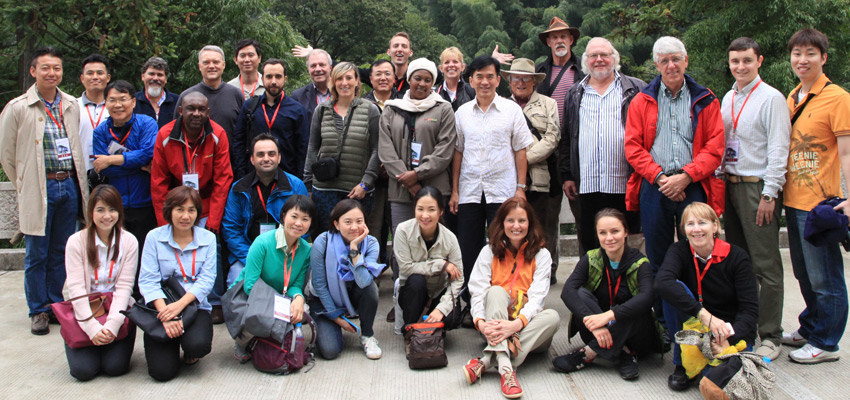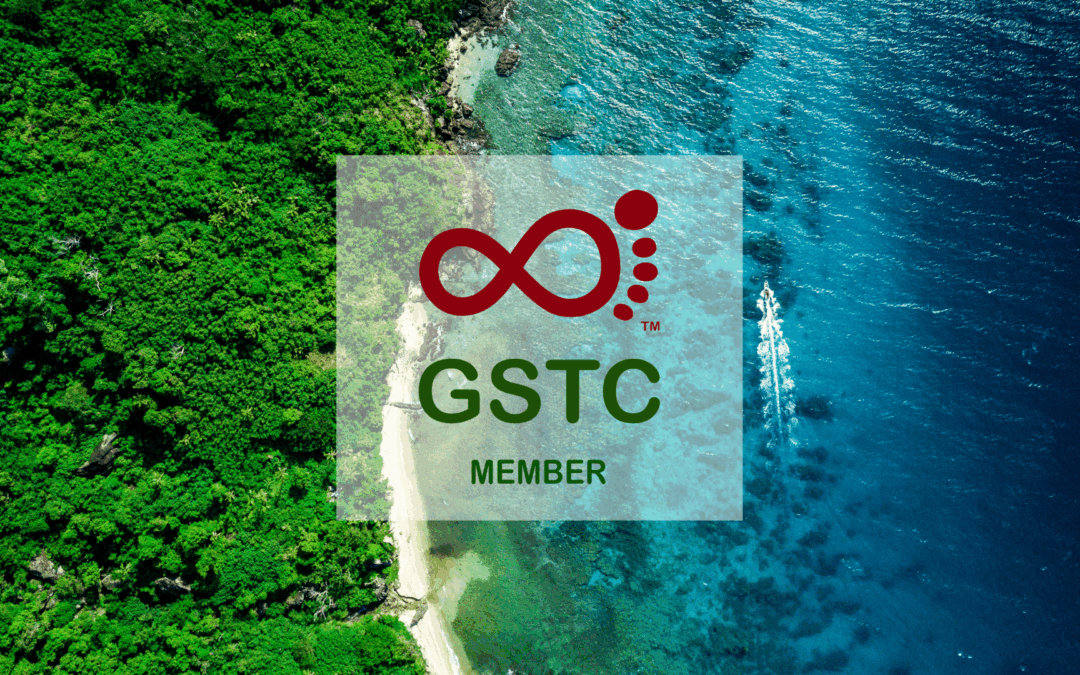The Global Sustainable Tourism Council (GSTC), founded in 2010 by UN agencies, WWF, UNEP, and others, leads the way in establishing global standards for sustainable travel and tourism. These standards—called the GSTC Criteria—define the minimum expectations for environmental, social, cultural, and management practices in tourism.
Four Pillars of Sustainability
All GSTC Standards are structured around four core themes:
- Sustainable Management – Establishing effective governance, planning, and monitoring systems.
- Socioeconomic Benefits – Ensuring fair benefits to local communities and workers.
- Cultural Heritage – Preserving and celebrating local traditions, sites, and ways of life.
- Environmental Responsibility – Reducing resource use, pollution, and conserving biodiversity.
These pillars form the backbone of four specific standards:
– Industry Standard (GSTC‑I)
Designed for hotels, tour operators, and other private sector players, this standard sets minimum requirements under the four pillars. It guides sustainable management, community benefit, environmental impact reduction, and cultural appreciation. Its performance indicators help businesses monitor and improve practices.
– Destination Standard (GSTC‑D)
Focused on destination management organizations (DMOs) and public-sector bodies, the Destination Standard provides a framework for sustainable tourism planning at the regional or national level. GSTC-Dv2, launched in 2019, includes performance metrics aligned with the UN SDGs, and supports integrated planning and stakeholder-led approaches.
– MICE Standard
Introduced in 2024, the MICE Standard targets the meetings, incentives, conferences, and exhibitions sector. It applies the same four sustainability themes, aiding event organizers and venues to minimize their environmental and social footprints.
– Attraction Standard
Released in November 2024, this standard supports public attractions—like theme parks, museums, and national parks—in adopting sustainable practices. It also follows the four-pillar model and offers guidance for certification and sustainable operations.
GSTC Accreditation & Recognition
GSTC does not directly certify hotels or destinations. Instead, it offers an accreditation system, vetting third-party certification bodies against its standards. Accredited schemes can certify tourism businesses or destinations as GSTC-aligned.
Additionally, GSTC‑Recognized Standards are locally adapted certification systems that meet or exceed the GSTC baseline. Recognition ensures local schemes adhere to the global principles while supporting regional context.
History & Alignment with Global Goals
- GSTC-I (Industry Standard) first launched in 2008, revised in 2012 and 2016.
- GSTC-D (Destination Standard) debuted in 2013, updated to v2 in 2019 with added SDG alignment.
- MICE Standard released in February 2024; Attraction Standard followed in November 2024.
All versions are developed following the ISeal Code of Good Practice, ensuring multi-stakeholder participation and transparency.

Why It Matters
- Provides a common language and benchmarks for sustainability in tourism.
- Supports capacity-building, training, and policy-making.
- Enables market recognition of certified sustainable products and destinations.
- Strengthens commitment to the 2030 Agenda for Sustainable Development.
In Summary
The GSTC Criteria—spanning Industry, Destination, MICE, and Attraction sectors—offer a robust, globally-aligned framework for sustainable tourism. By promoting transparent governance, community engagement, cultural preservation, and environmental stewardship, they help shape a more responsible, equitable, and resilient travel industry.

